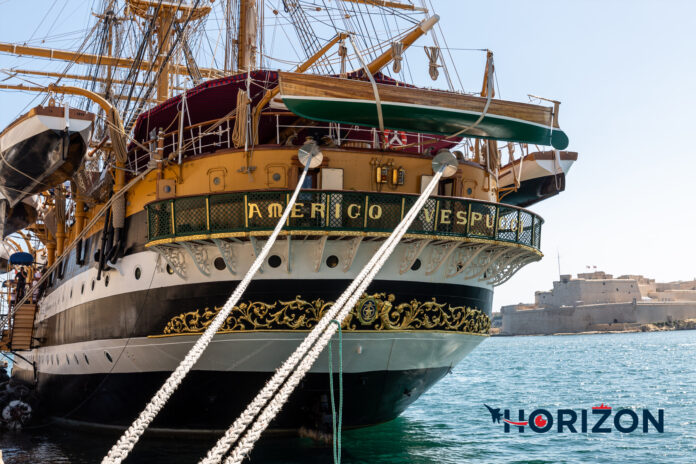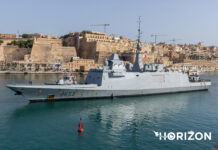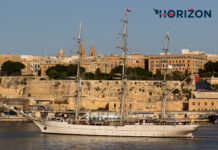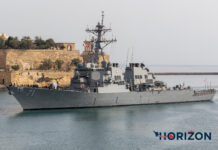Last July the Horizon team had the opportunity to visit the Italian Navy training ship Amerigo Vespucci. The vessel visited the Grand Harbour of Valletta once again giving the opportunity to the residents of Malta to visit this famous ship.

We were welcomed on the ship by the Commanding Officer of the training ship Captain Massimiliano Siragusa. The vessel is named after the well-known explorer Amerigo Vespucci who discovered the “New World” or what is known today as the continent of America.




She was ordered by the former Regia Marina in 1925 together with her sistership Cristoforo Colombo, to serve as training ships for the Italian Navy. The design of both ships is severely influenced by the 18th century “ships of the line”, which was a very famous type for navy tall ships between the 17th & 19th century. The ship was built at the Naval Shipyard of Castellammare di Stabia in Naples.




Nowadays the vessel is propelled by a total of 26 sails which give her the ability to sail at a maximum speed of 15 knots. Otherwise, she can be power driven by 2 × MTU 12VM33F2 diesel engines generating 1.360 kW each ,2 × MTU 8VM23F2 diesel engines generating 760 kW each and lastly by 1 × Electrical Propulsion Engine (MEP) ex Ansaldo System Industrial (NIDEC ASI) CR1000Y8 2 × 750 kW which give her a maximum speed of 11 knots.
Her length over all is 100.5m long and her width is 15.56m wide. Her draught is 7.3m and her air draught reaches almost 39 meters high.





Vespucci can accommodate a total of 415 crew members onboard her decks, 265 permanent crew members and about 150 trainees.
The hull of the ship was laid down in May of 1930 and was finally commissioned 6 years after her order, in May of 1931. Ever since she has sailed multiple times around the world accomplishing more than 70 training campaigns for the Marina Militare (Italian Navy).



She has many highlights within her long-lasting career, primarily being an active survivor and a veteran of World War II and last but not least she also had the honor to transport the Olympic Flame from the Port of Peiraeus to Syracuse for the Olympic Games in Rome in 1960.








